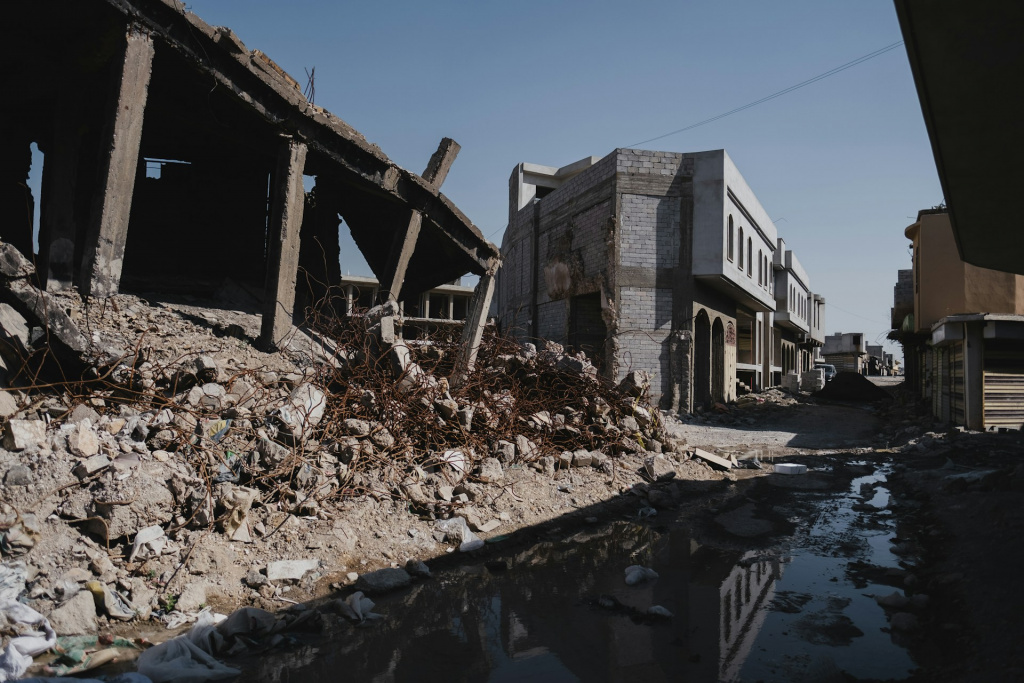
For children, the impact of current news headlines associated with wider world conflict is complex. A child's reactions vary based on individual circumstances, from their age to their level of resilience and the support systems available to them at home and school.
News stories about conflicts can also impact family dynamics at home, as parents may sometimes discuss these issues in front of their children. This can lead to increased awareness, but can also create tension and fear within the household.
Prior to the escalating conflict in Ukraine and Russia, in schools, the topic of war was more commonly discussed within a historical context or as part of a history lesson. Today, the world is changing, and more and more children are becoming aware of the rumours and speculation surrounding potential global conflict, which can be difficult for them to process.
Misinformation across the digital landscape
Being regular digital users, children and especially teenagers often enjoy unfettered access to the internet and social media platforms, which means they will sometimes be faced with confusing or upsetting information. This will sometimes include misinformation or graphic content (whether that is in the form of videos, news articles or social media posts).
This unfiltered access can amplify fears and misconceptions around global conflict. It is therefore crucial for both parents and educators to provide an empowering but supportive and informed environment where children of all ages can express their feelings on this topic, ask questions and understand the situation in a way that is appropriate for their developmental level.